PROFILE
Hitoshi Morimoto
| 1976 | Born in Bizen City, Okayama Prefecture, Japan |
|---|---|
| 1999 | After graduating from the sculpture department at Tokyo Zokei University, studied Mino pottery under Seiya Toyoba |
| 2003 | Began making pottery in Bizen City |
| 2011~ | Began participating in solo and group exhibits in various locations |
Currently, I mainly produce Bizen ware, which is unglazed stoneware, fired in a climbing kiln with firewood. I have also started to produce Shirahana, which is white, unglazed ware using Bizen soil. I also produce glazed works such as Black glaze, Ash glaze, Kiseto and Kohiki.
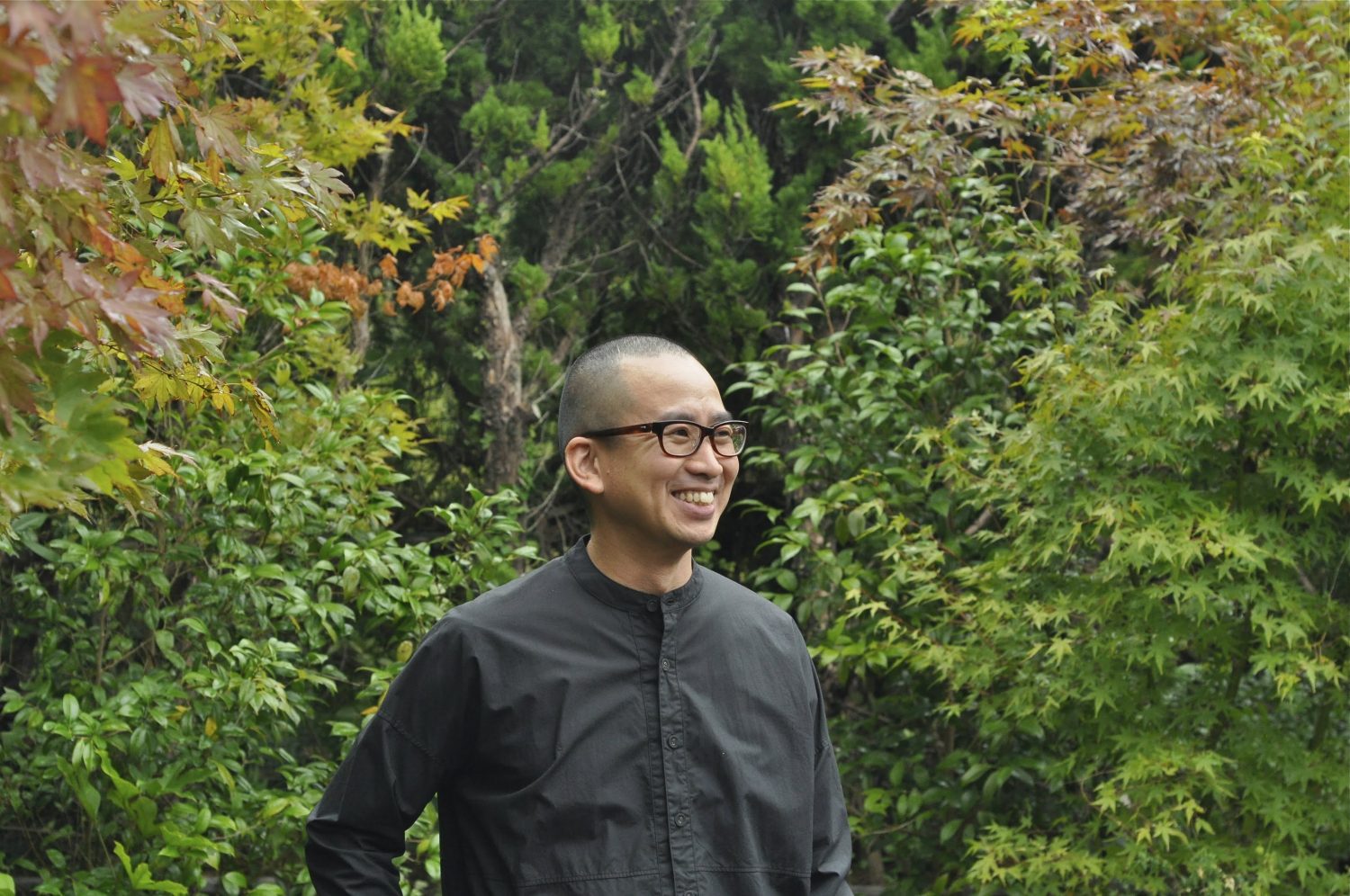
BACKGROUND
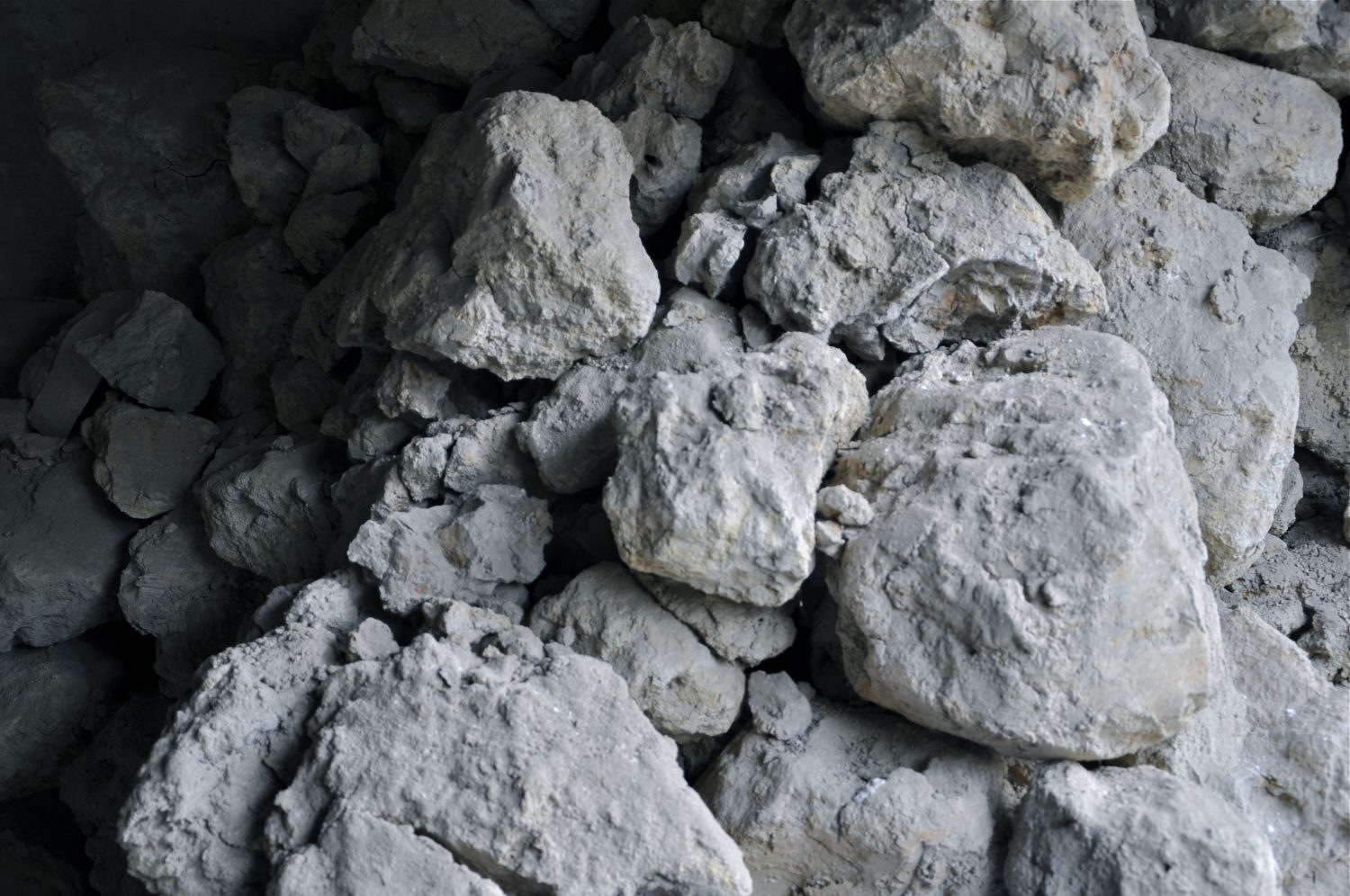
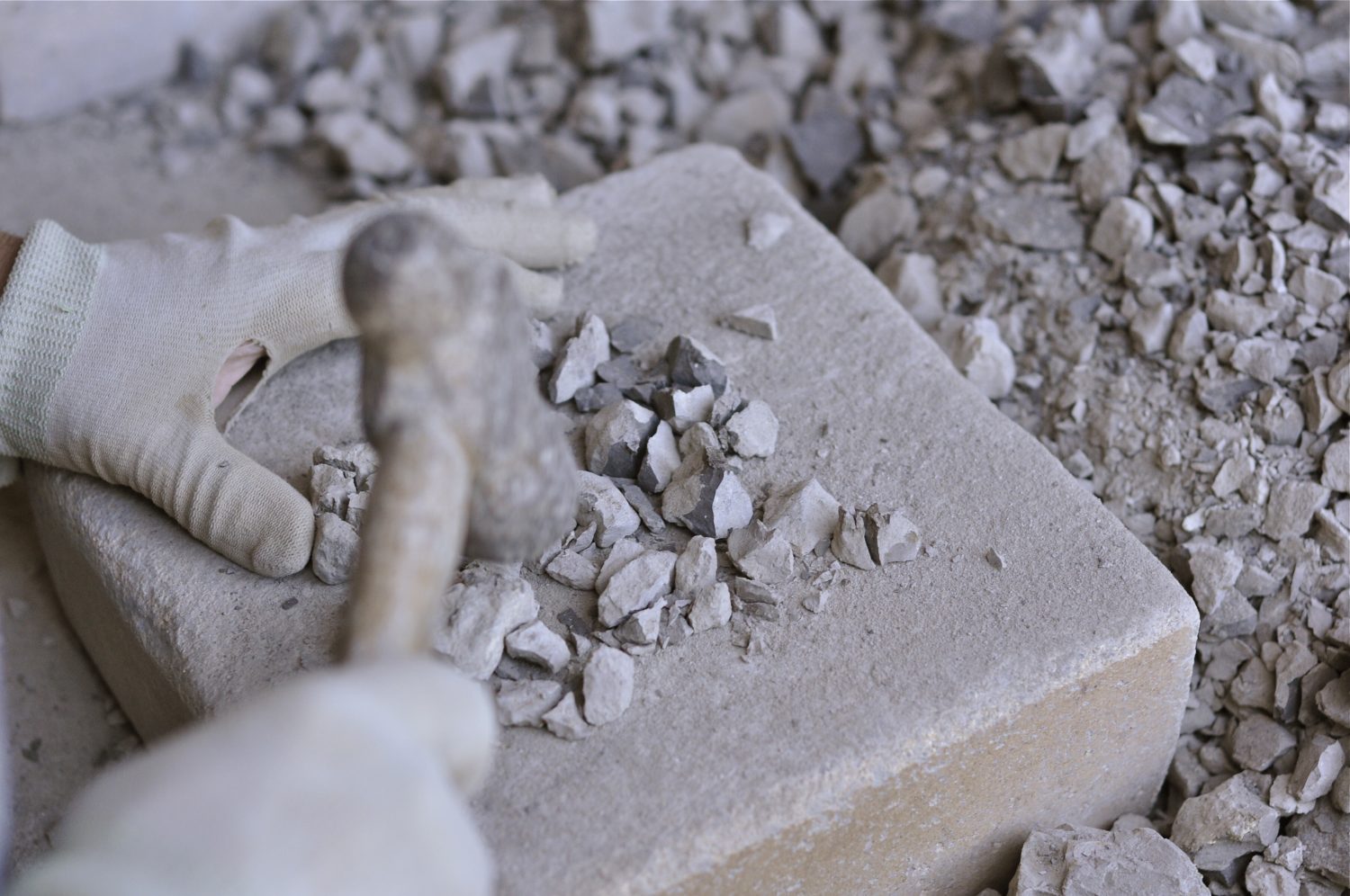

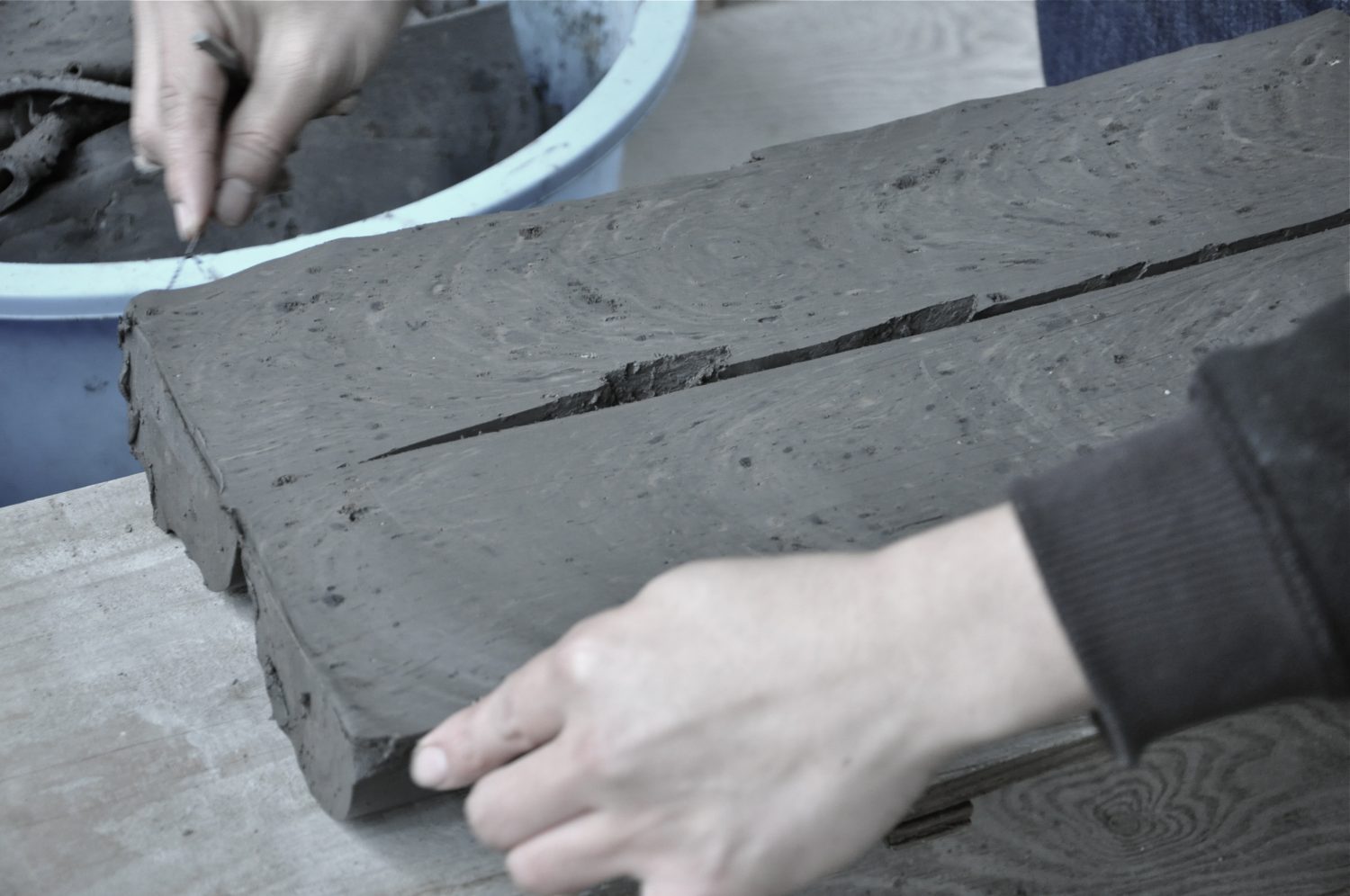
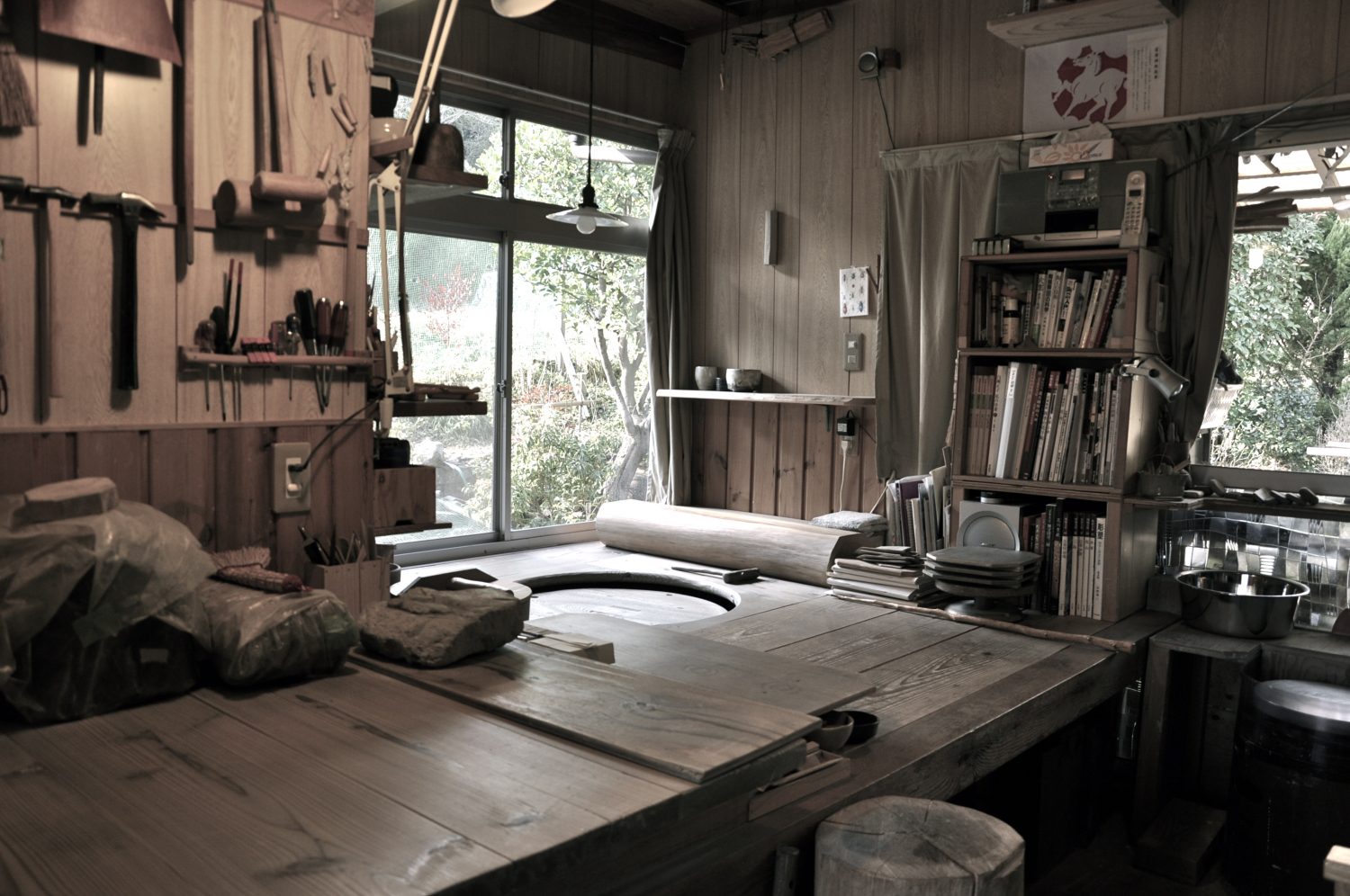
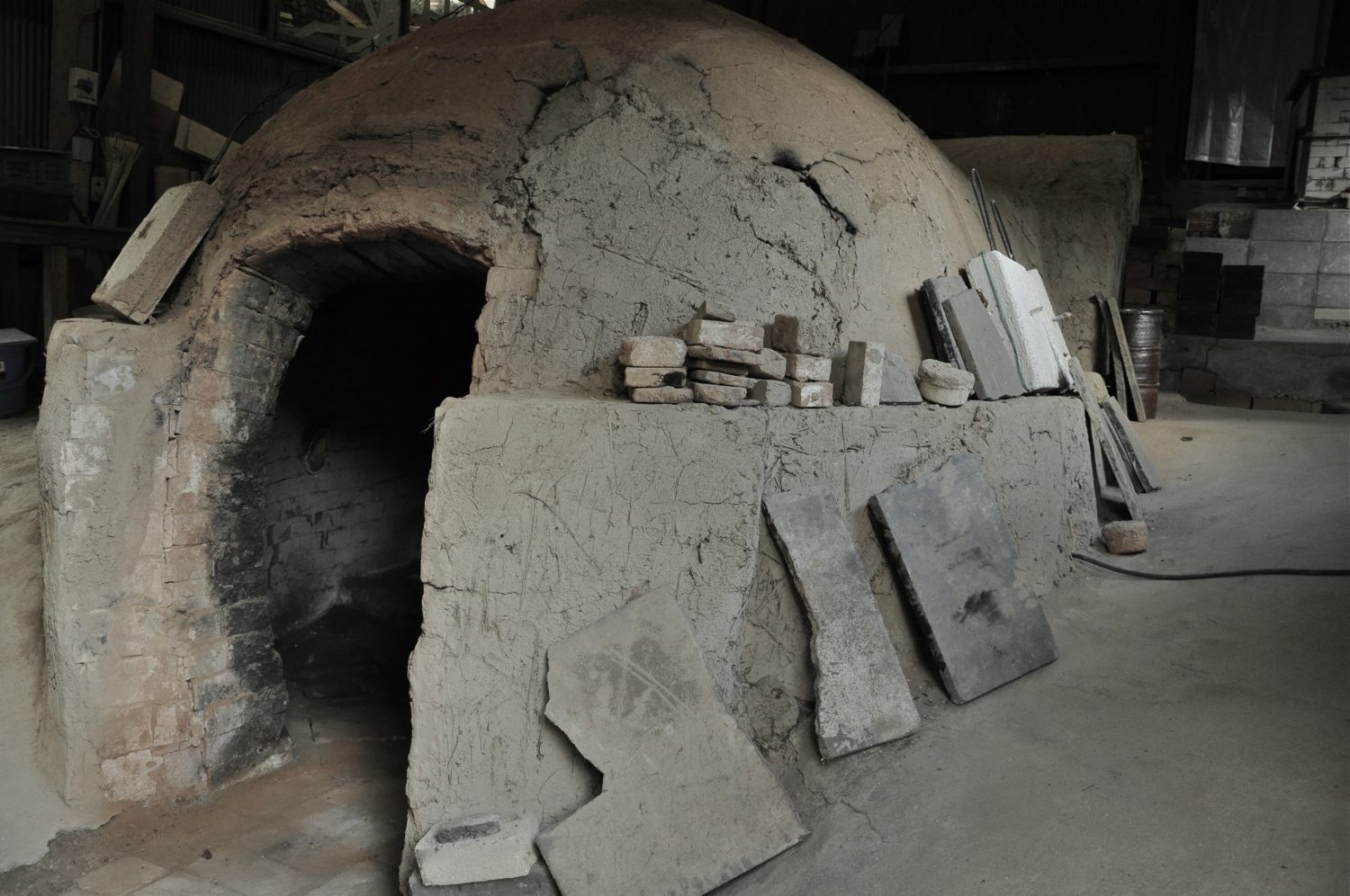
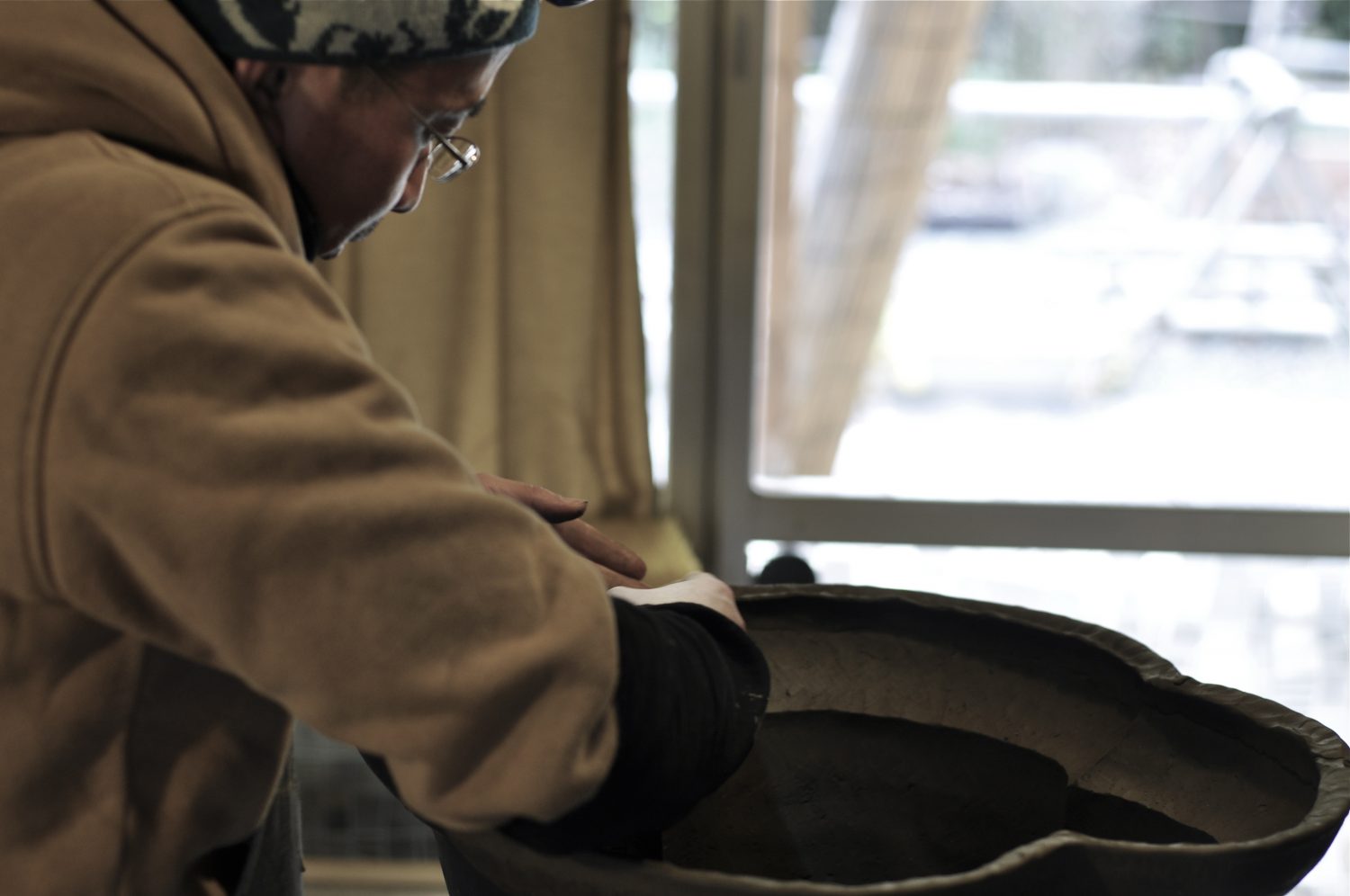
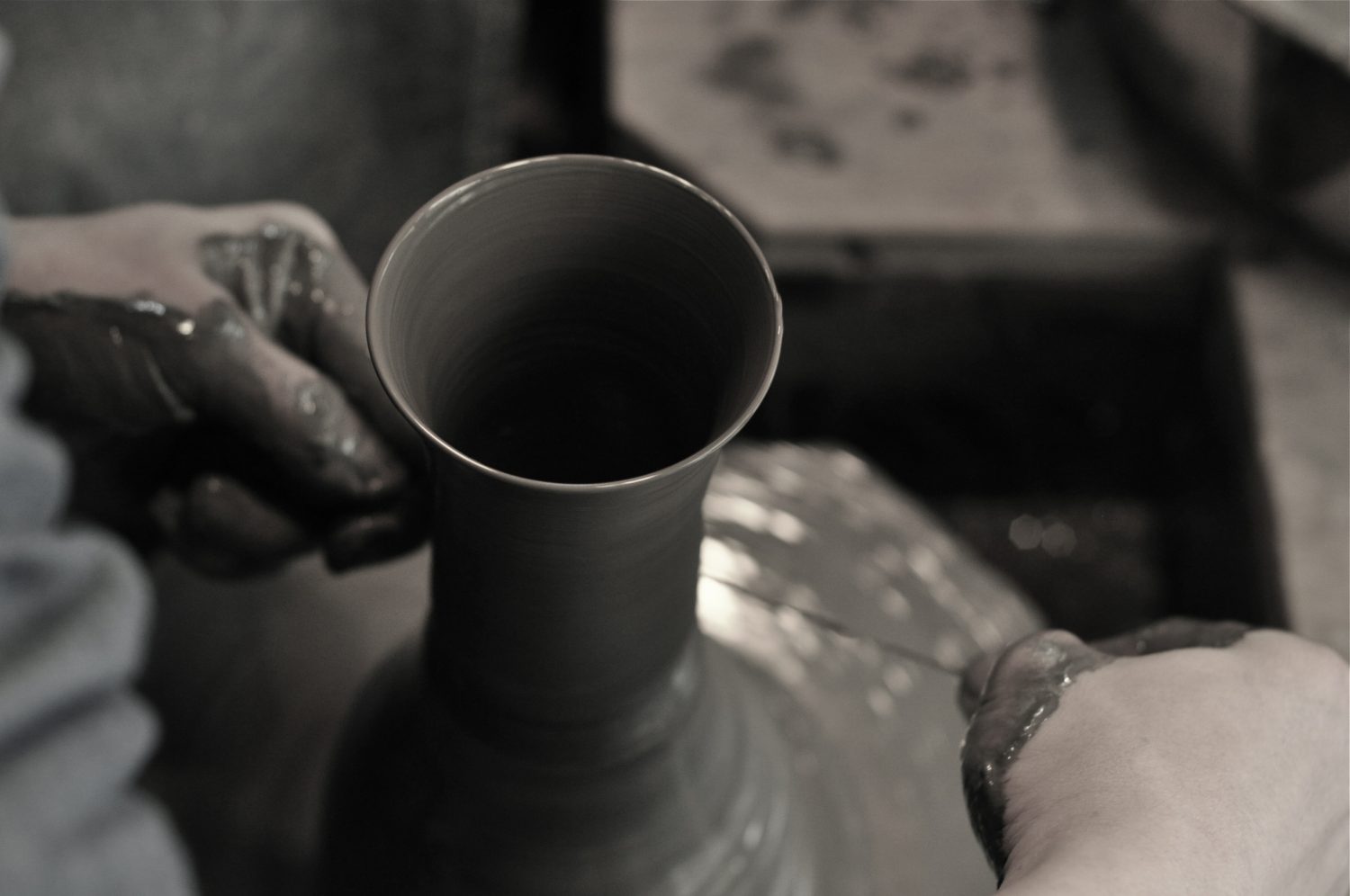
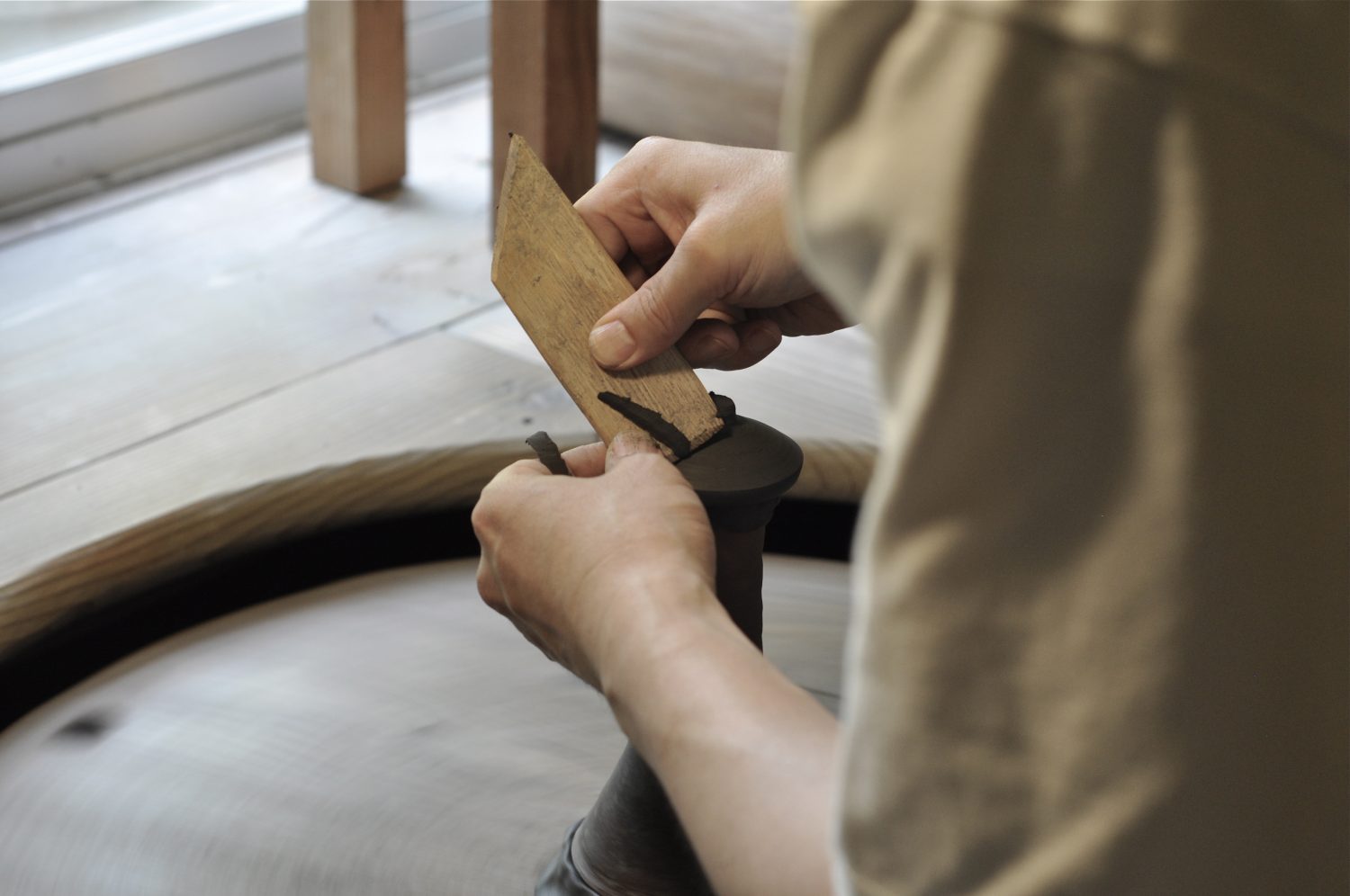



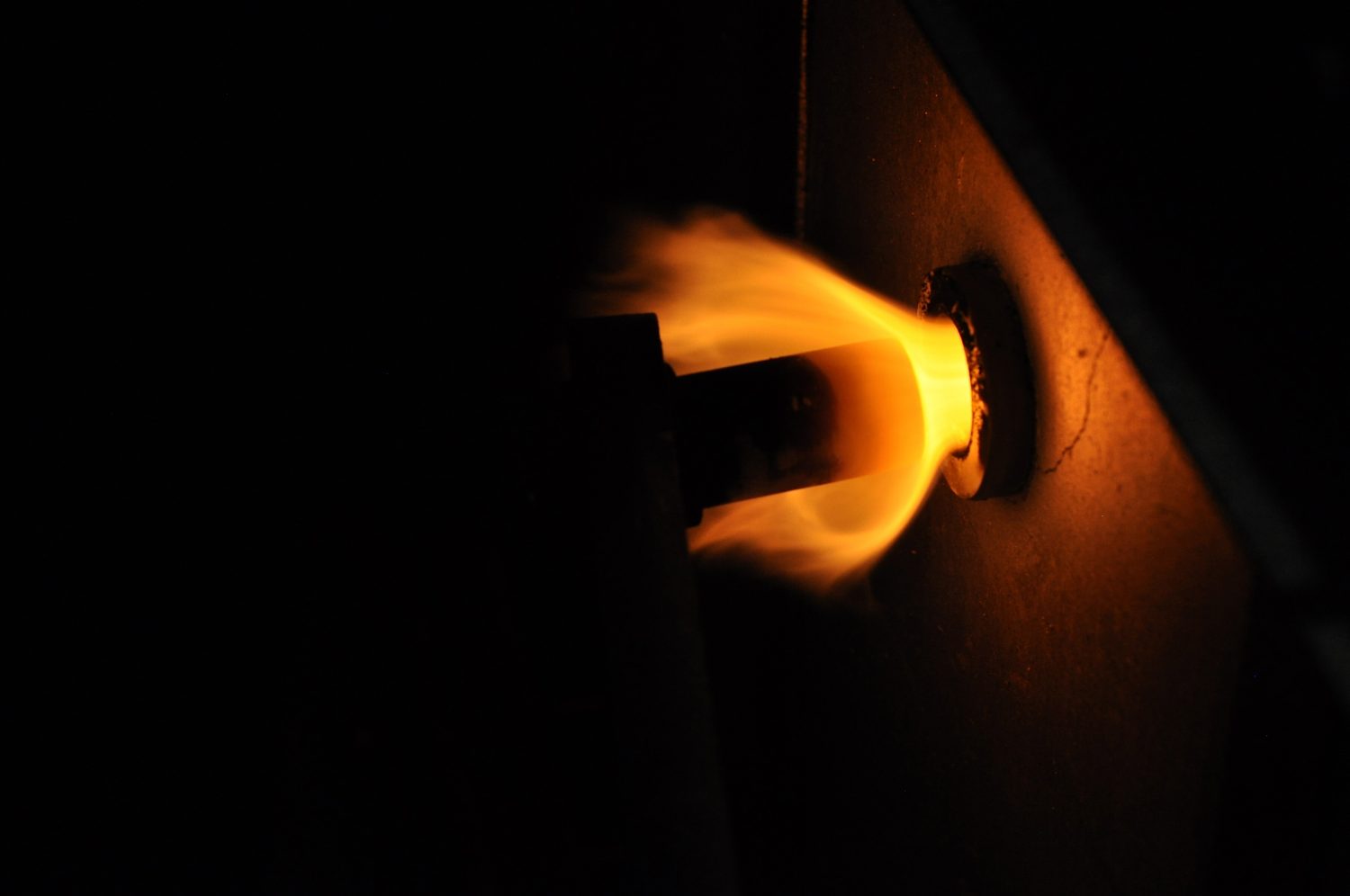
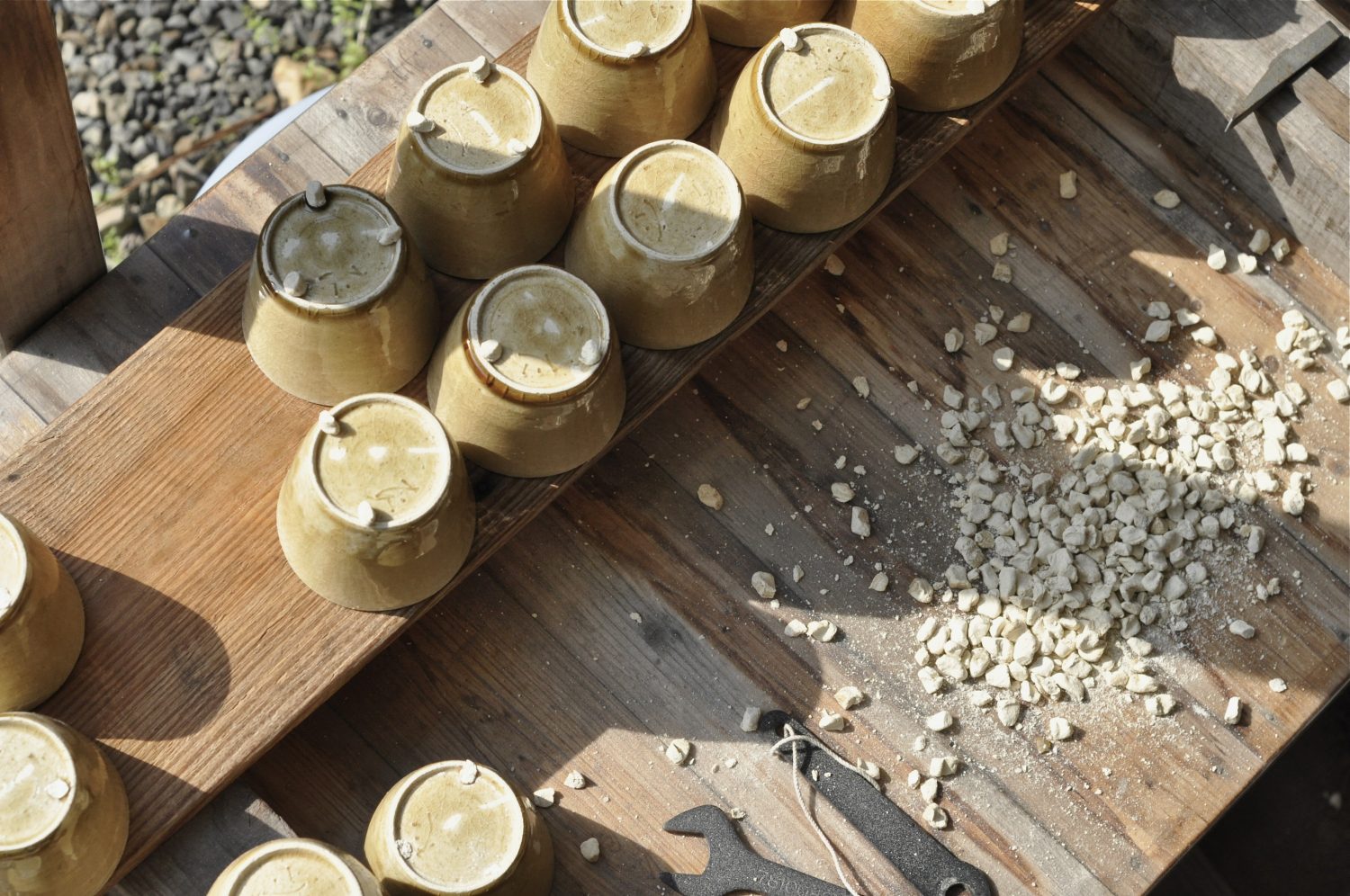

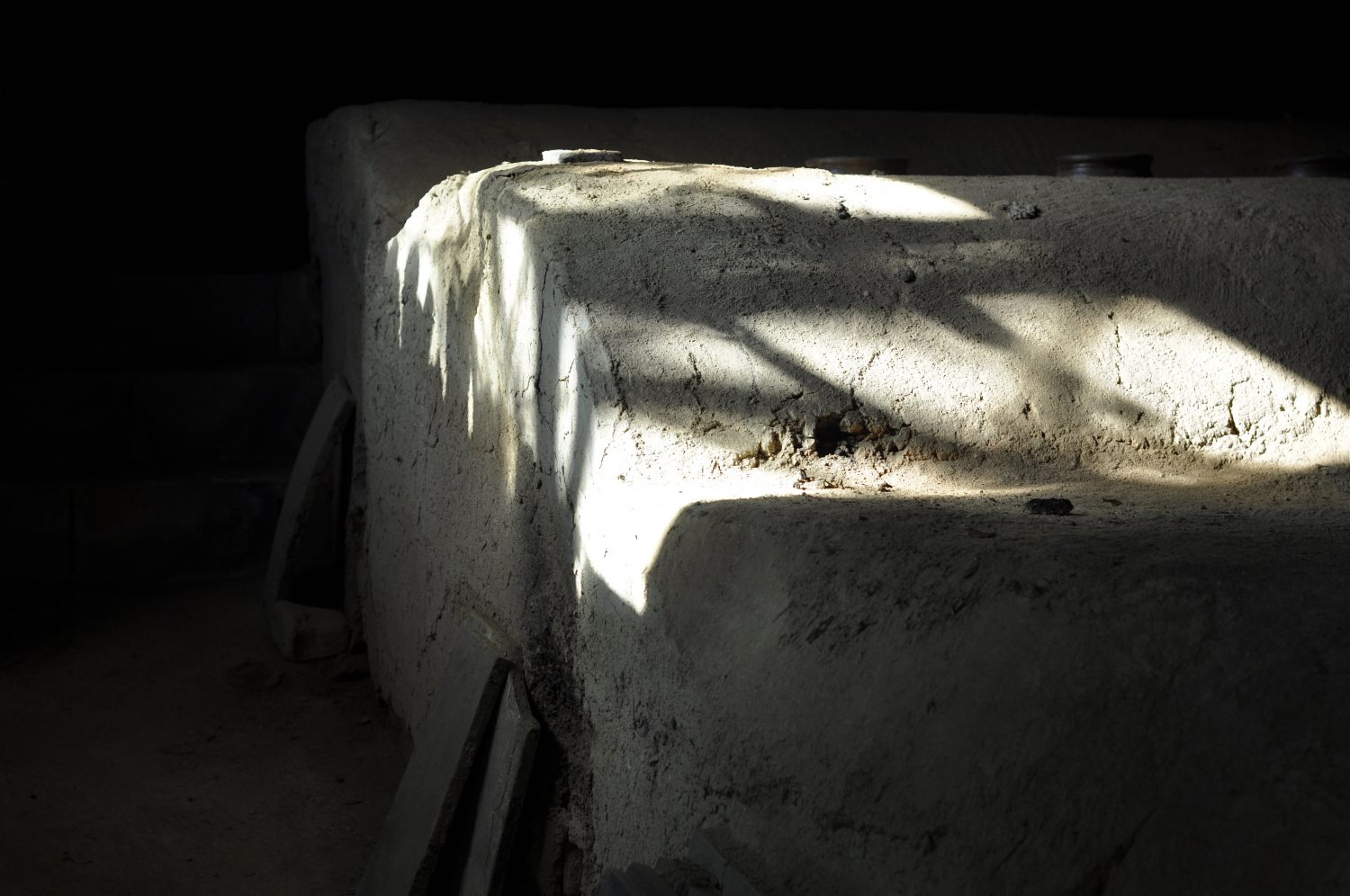
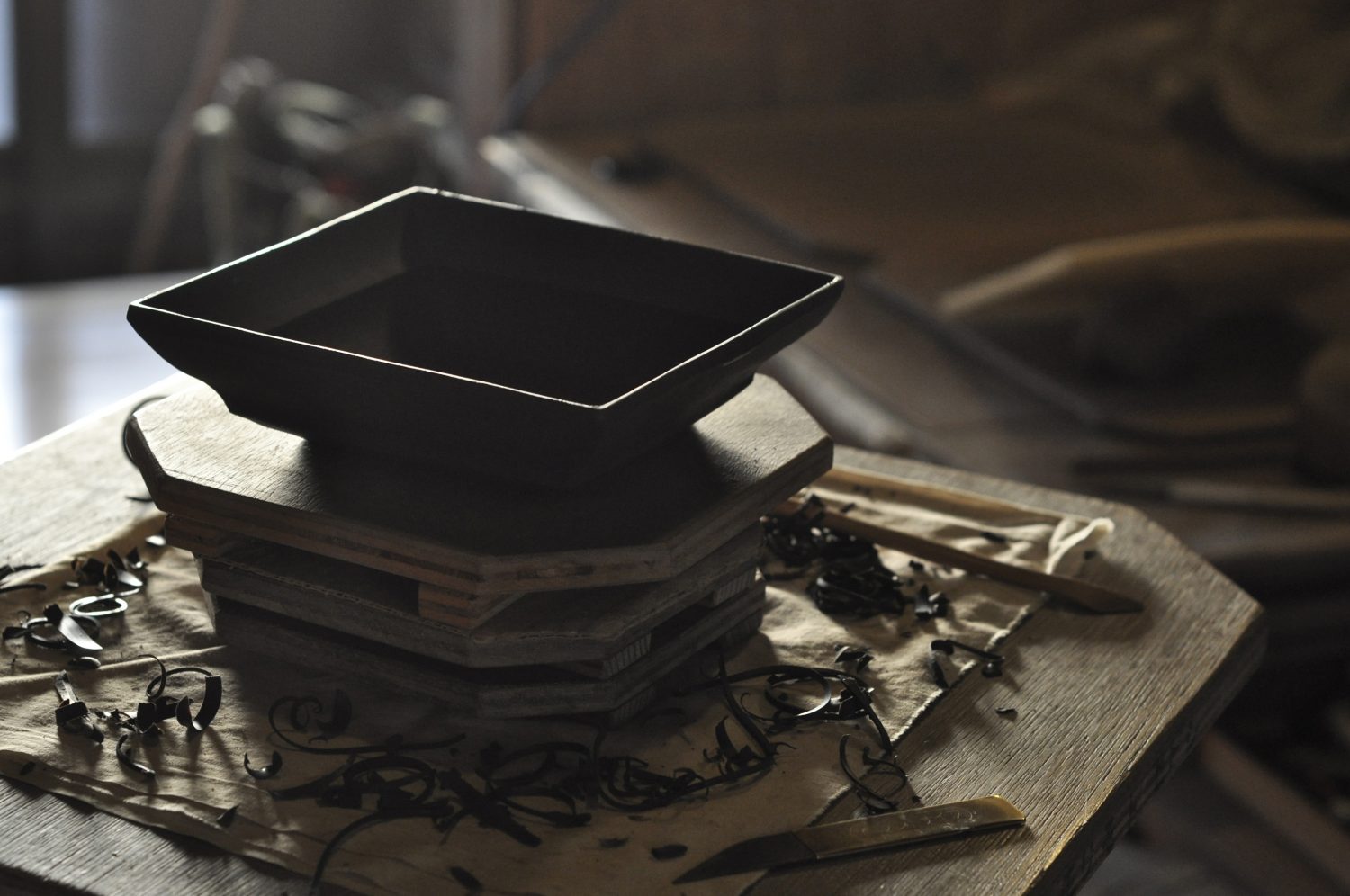
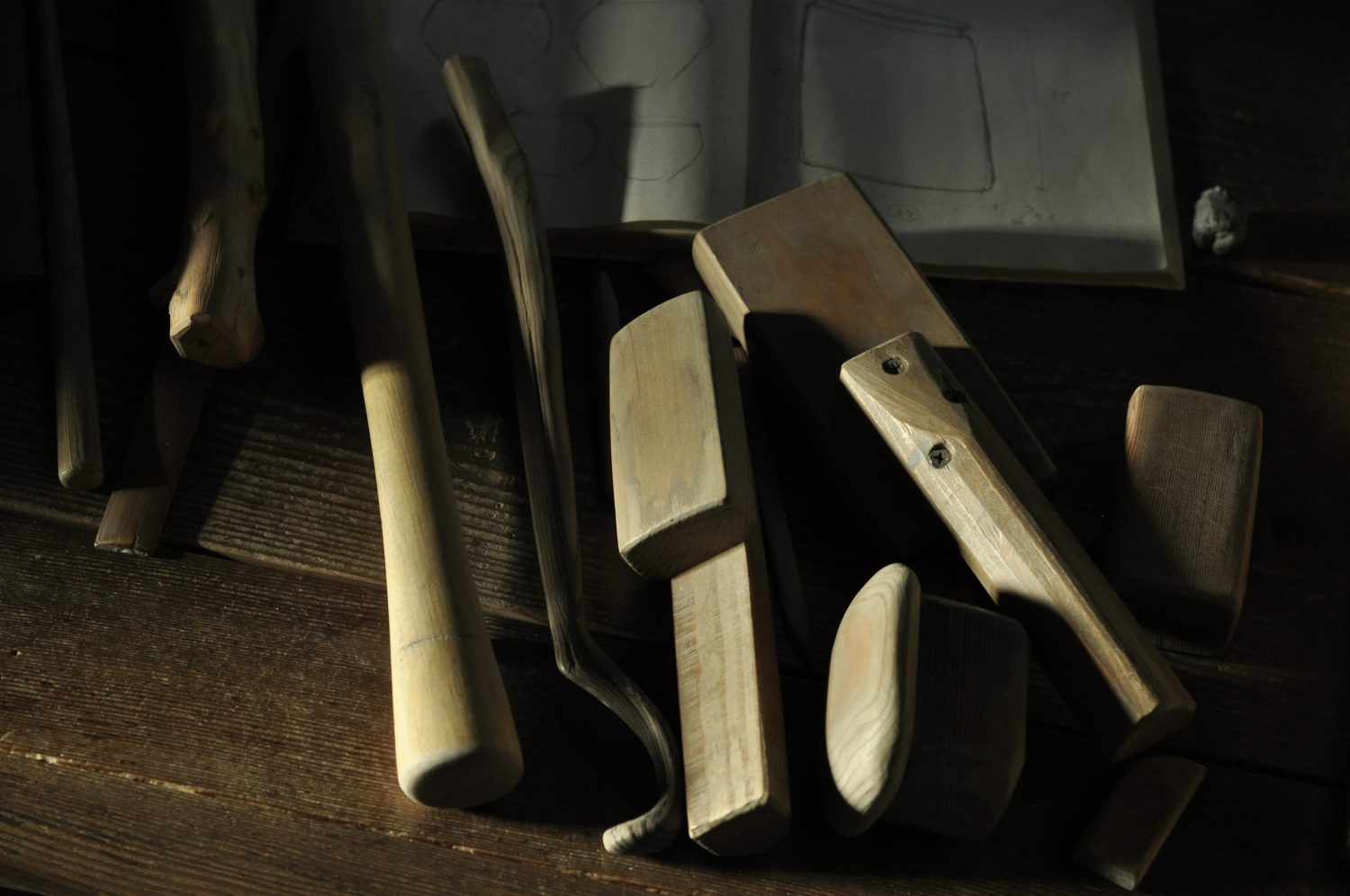


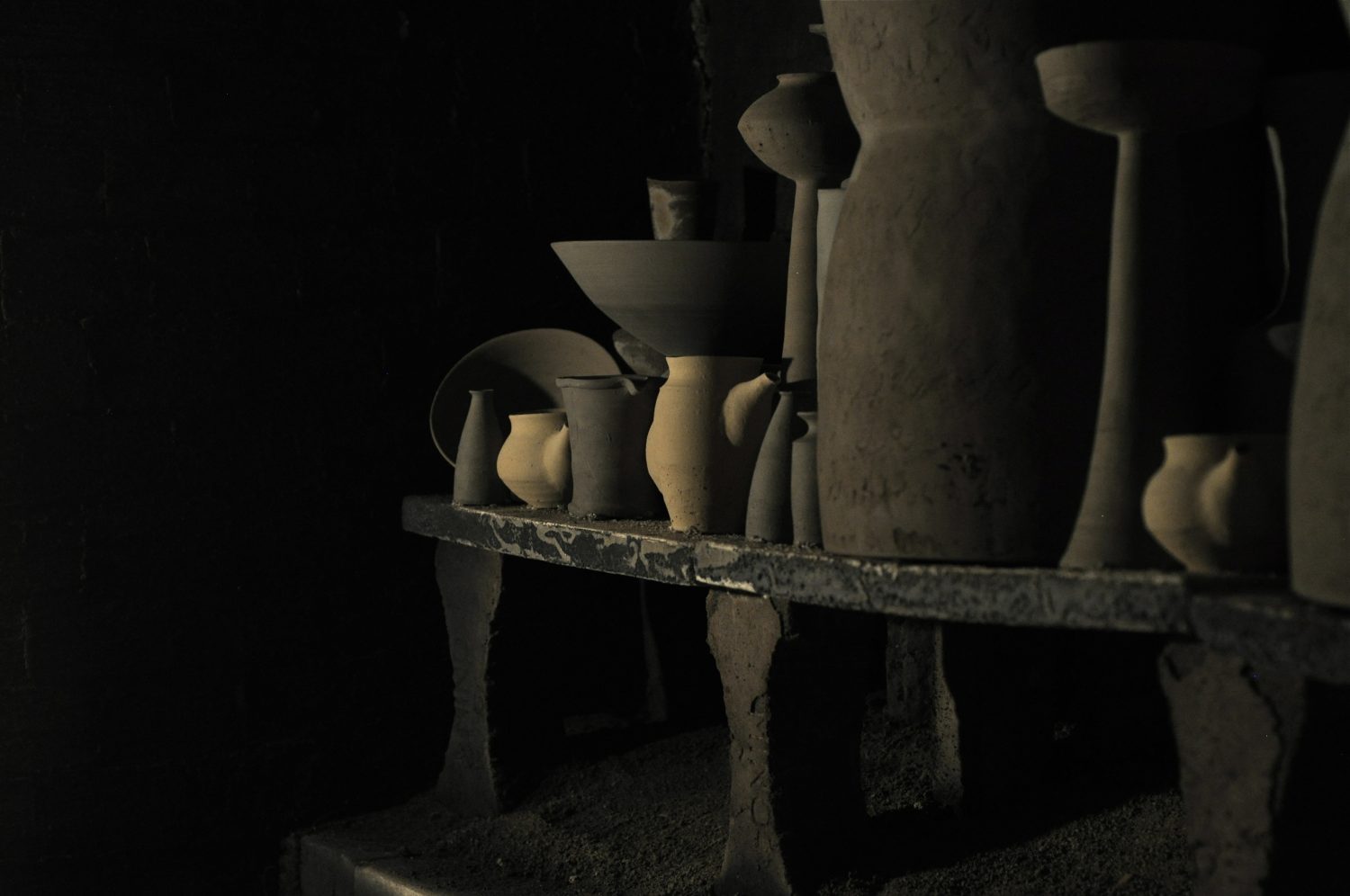
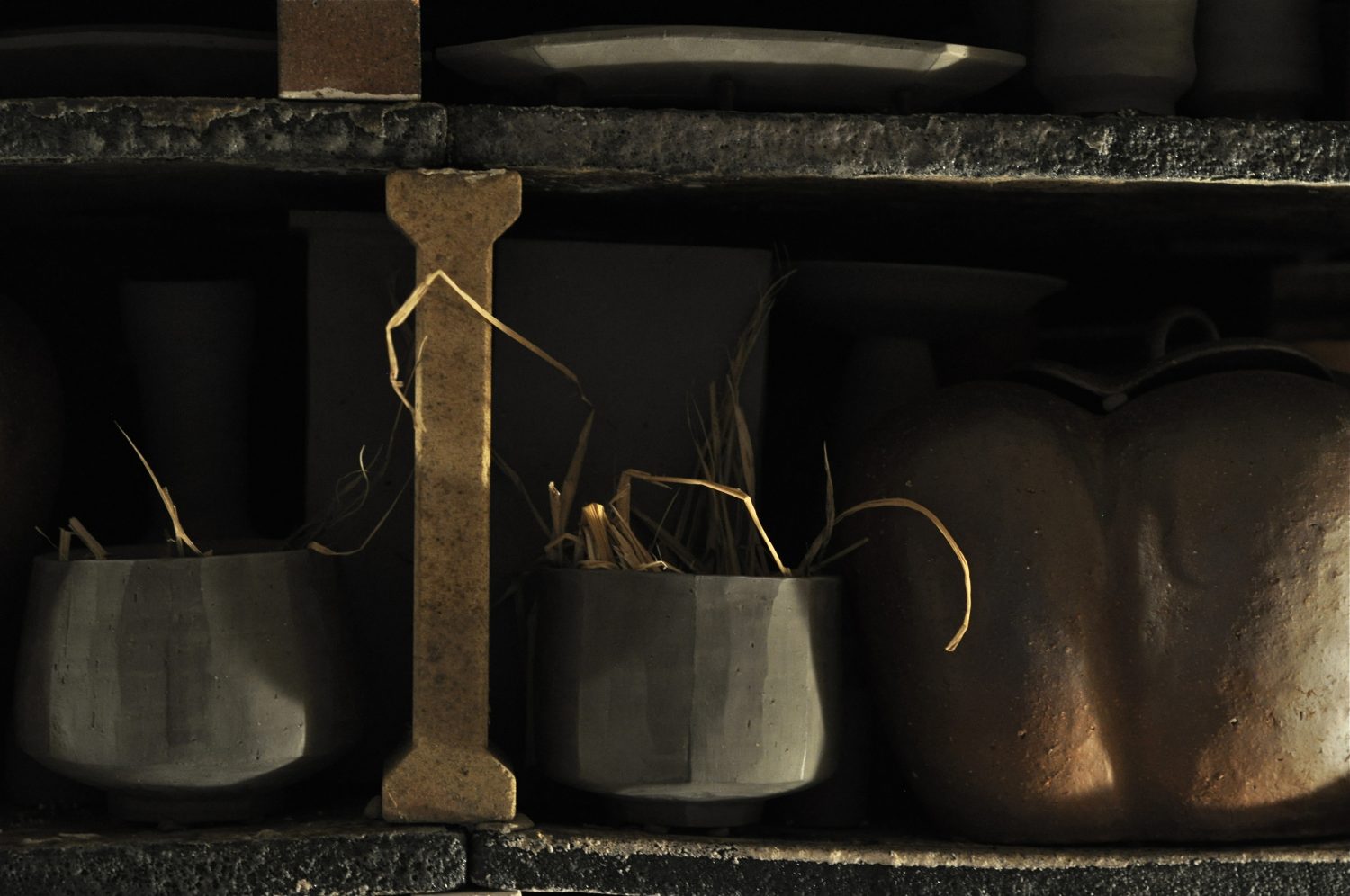

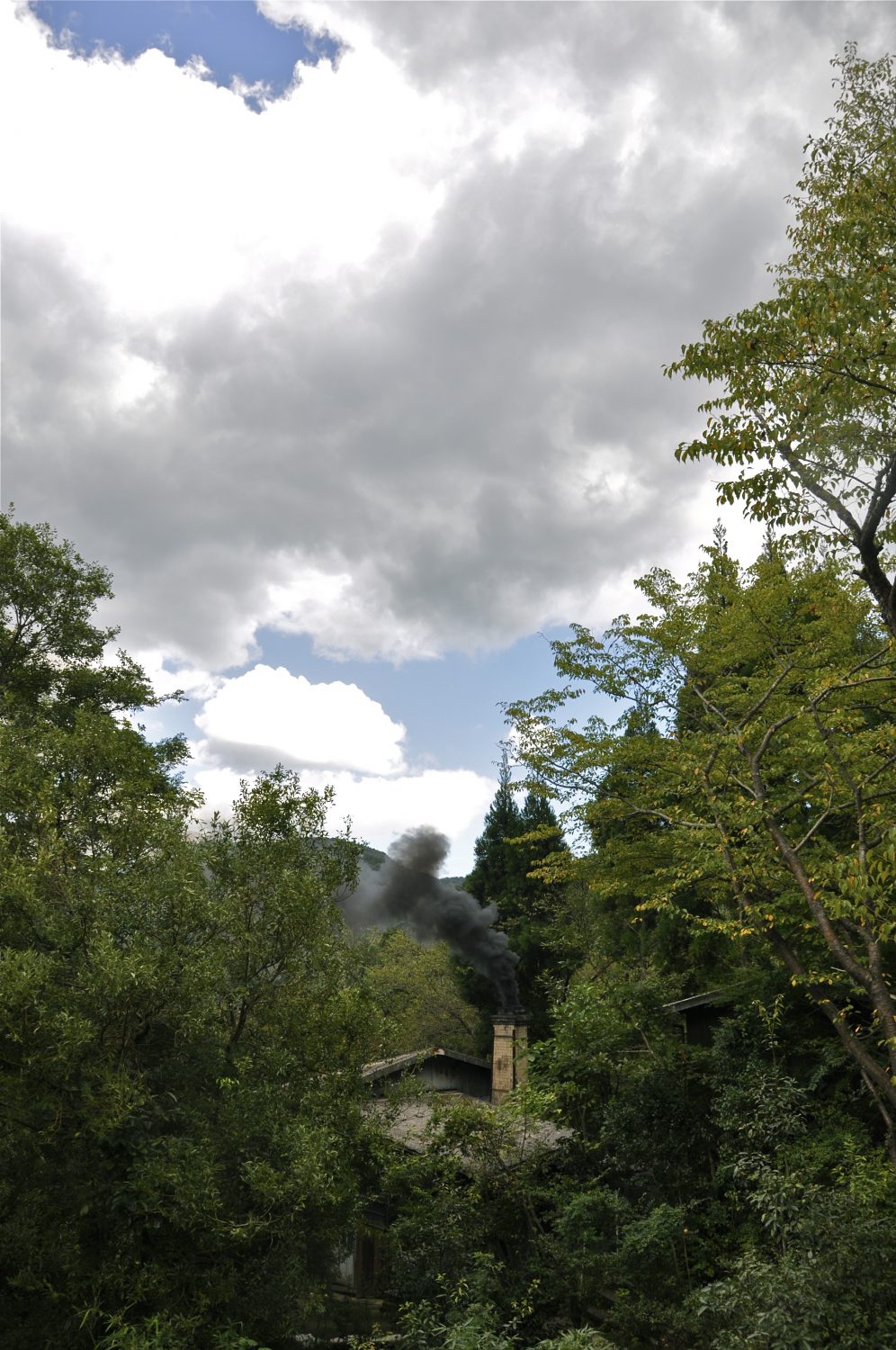

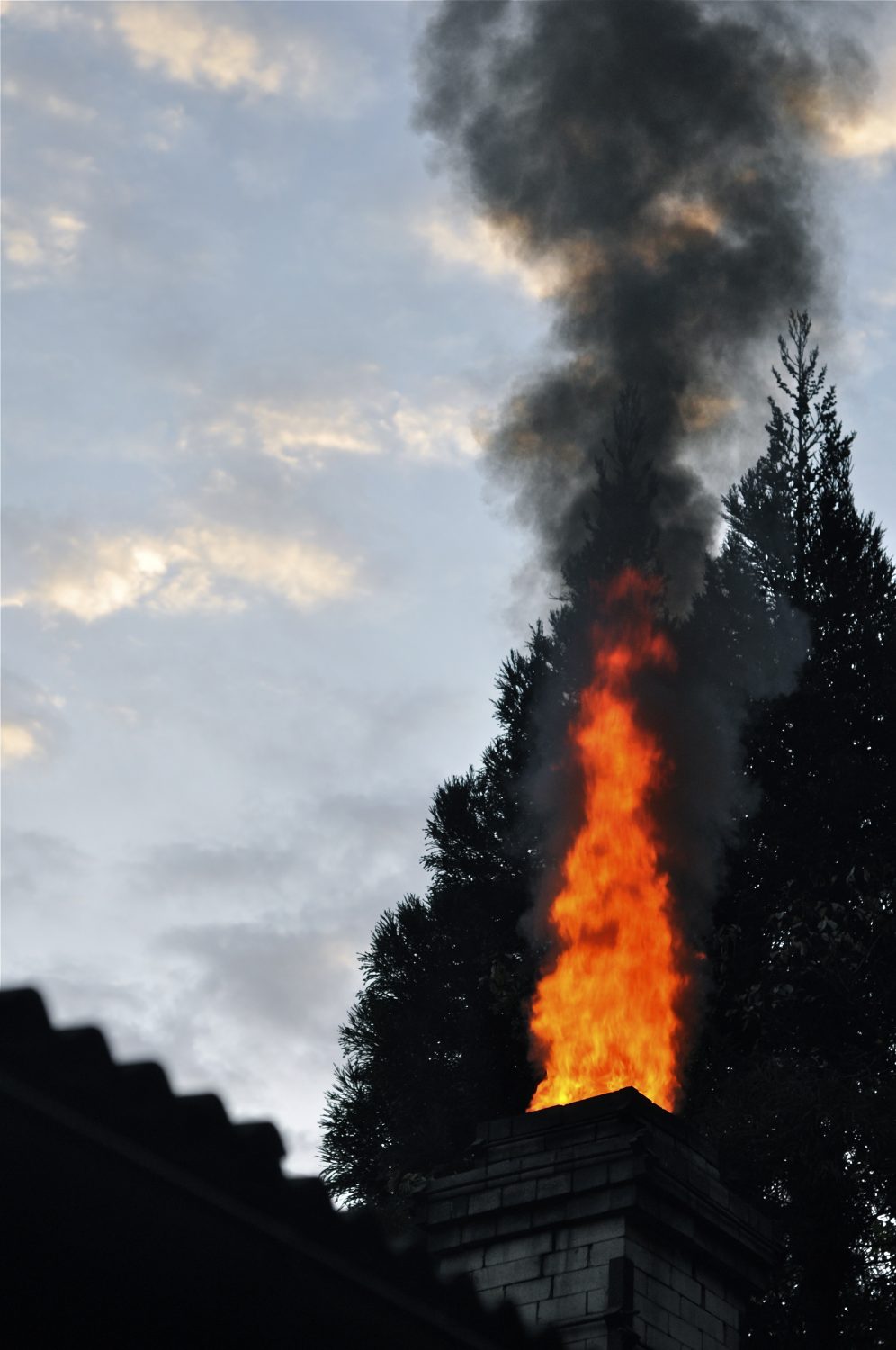
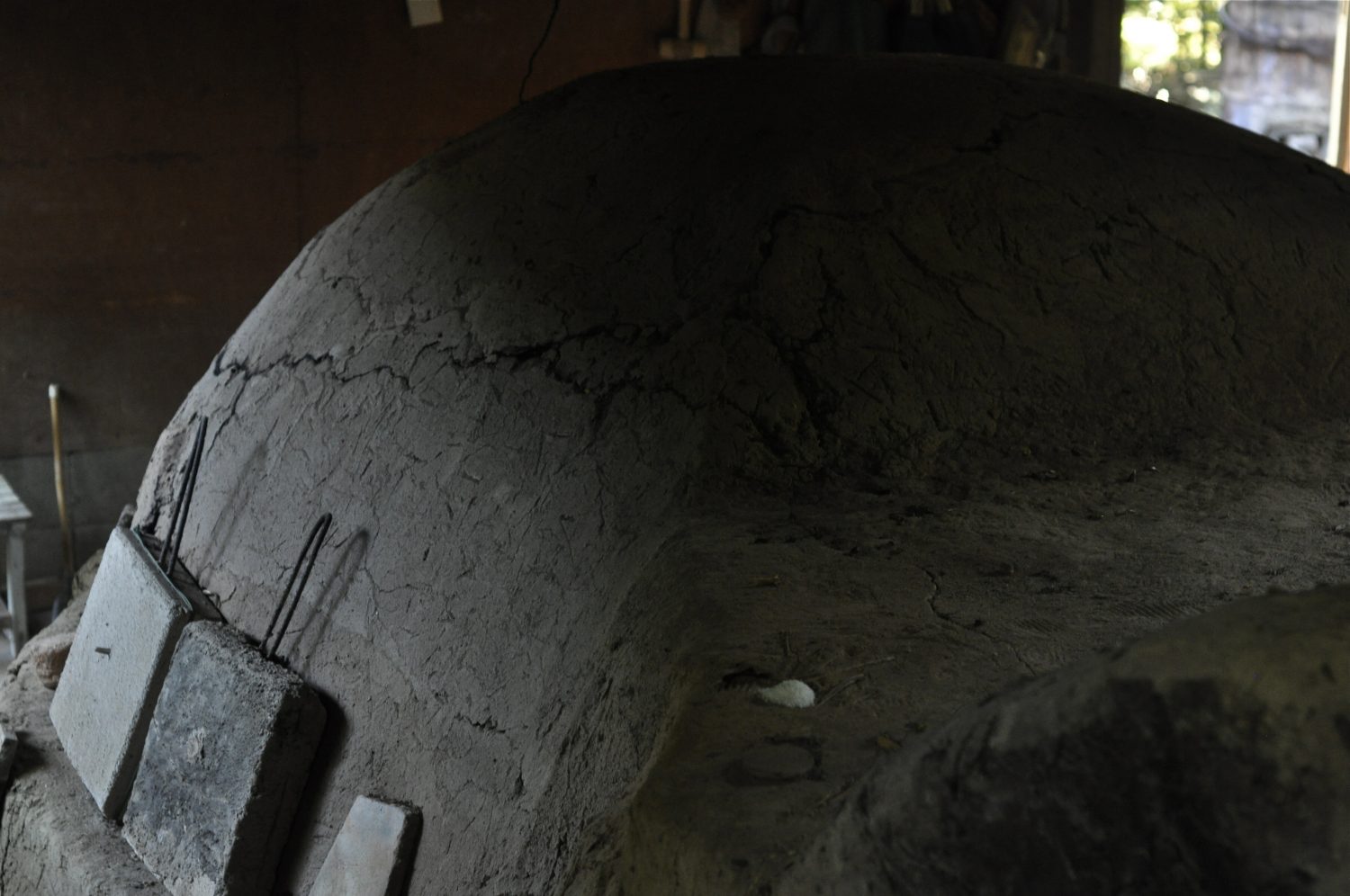
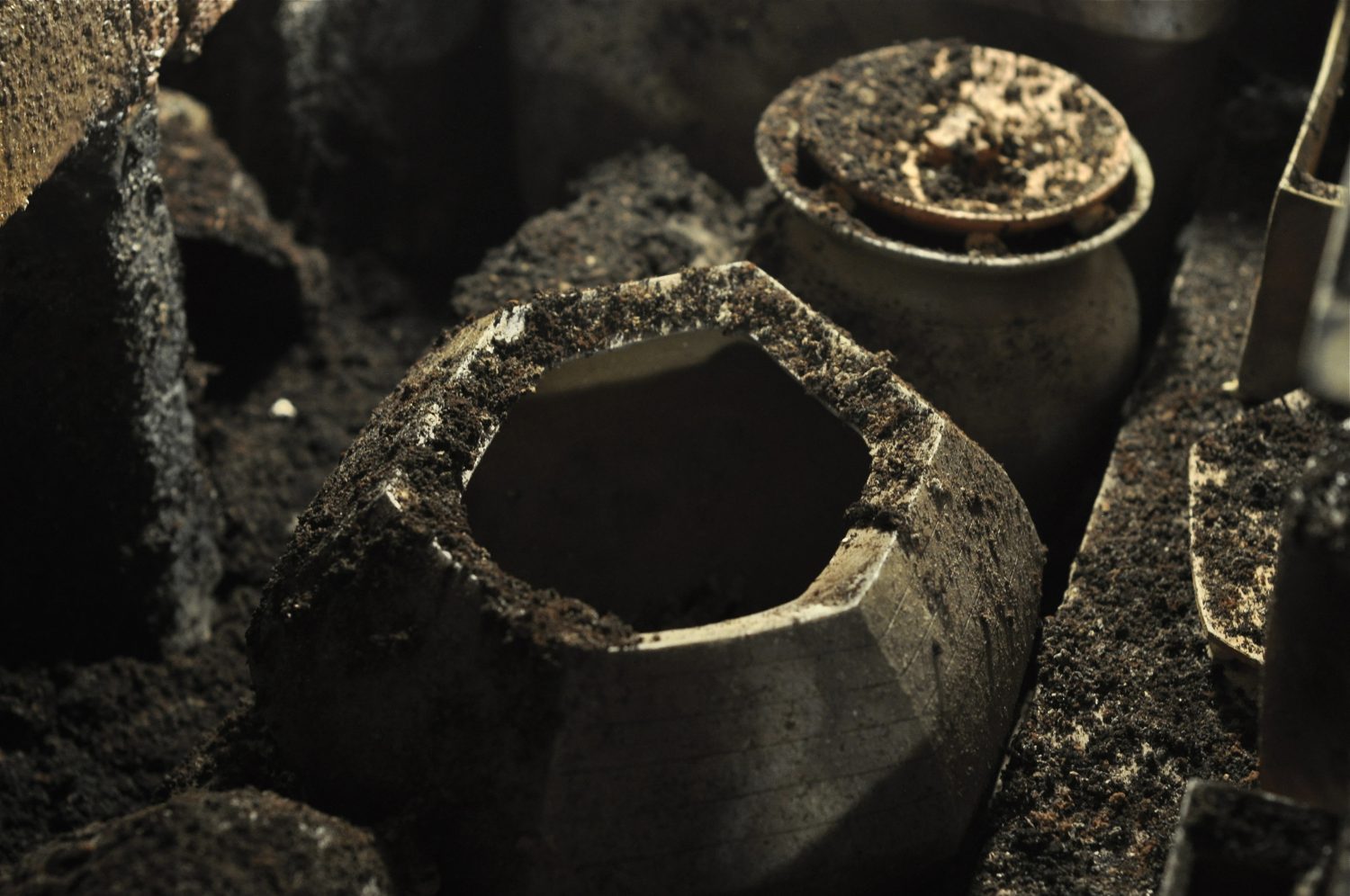

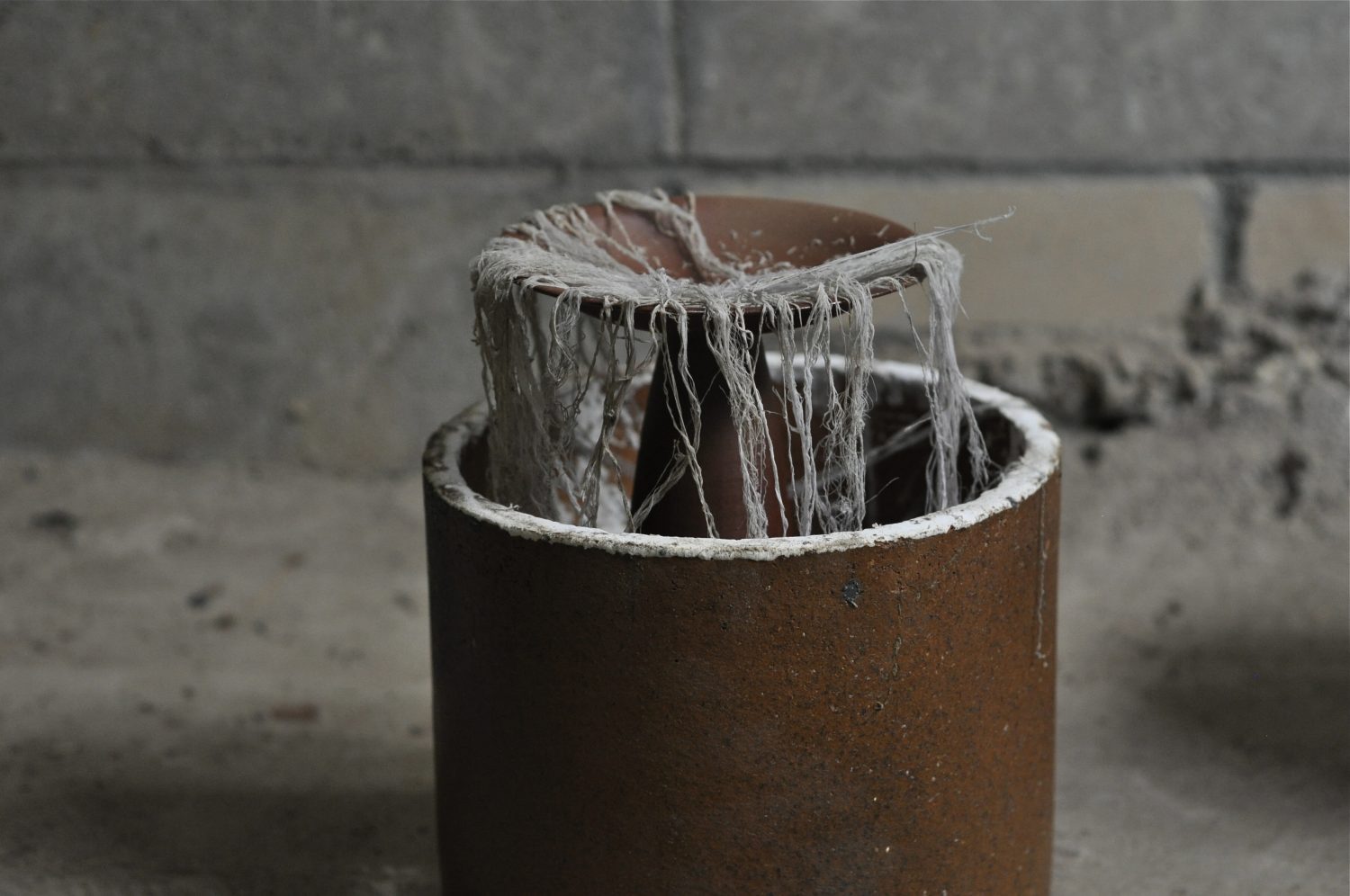
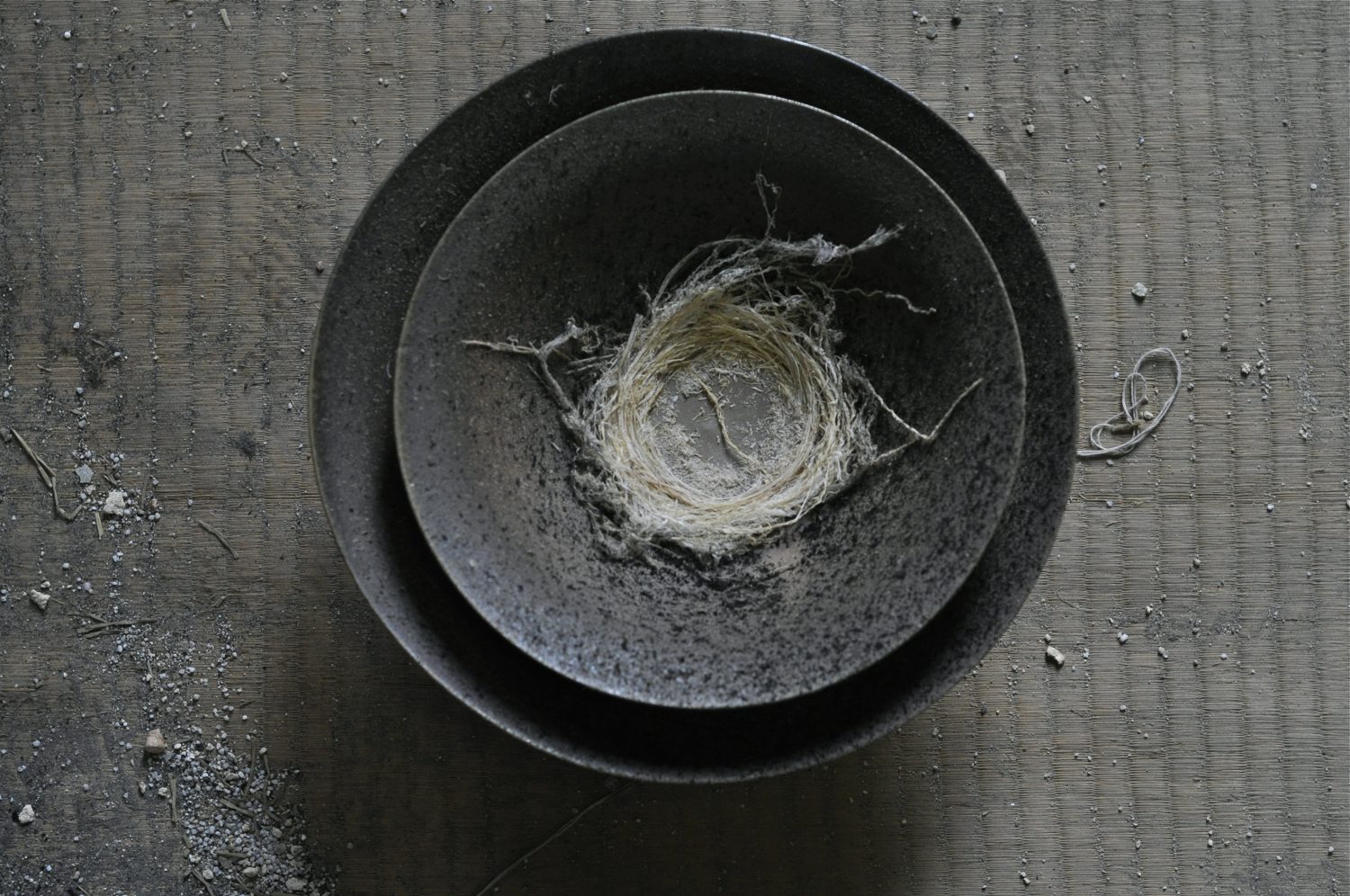
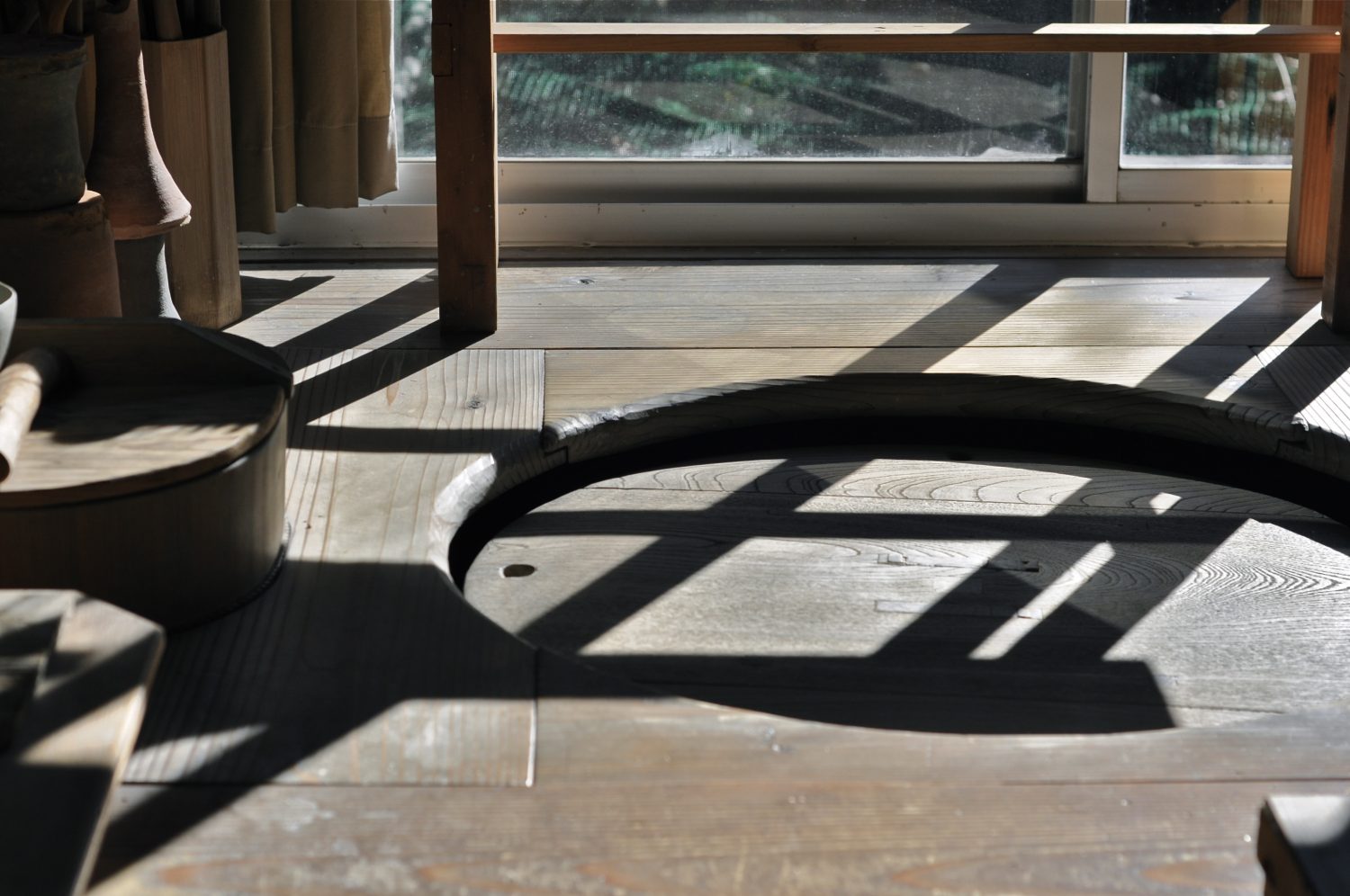
I get most of the inspiration for my work from daily life.
The changing of the seasons around my atelier, the budding foliage in spring and the frost in winter, a variety of plants and insects, all the signs of nature.
The beautiful shadows seen over the course of a day, the time spent eating meals and enjoying teatime.
Each one of these things is essential to me.
Transforming these things into pieces through the filter of myself is my creation.
I have two important parts to my roots.
One is Bizen pottery, as I was born and raised in a household where Bizen pottery is a family business.
The other is my life in Gifu Prefecture, where I studied Mino pottery as a private apprentice after graduating from university.
Bizen pottery is a traditional Japanese tempered pottery that has origins in ancient Sue ware.
The semi-underground climbing kiln that was built by my father, Eisuke Morimoto, also a potter, about half a century ago is still in use today; pieces are fired in this kiln over the course of a week.
The soil that is our raw material is mined from fields in the local Inbe area.
I feel that the meaning and mission of creating pieces in this area is to keep pottery firmly and continuously connected to the local community.
In Mino, I learned the traditional types of Mino pottery (Shino, Kiseto, and Setoguro among others) while apprenticing under the master potter Seiya Toyoba. Here, I learned not only pottery making skills, but also how to prepare myself mentally for the life as a potter.
This time was invaluable to my present self.
I am also working on glazed pieces that have roots in techniques that I learned in Mino.